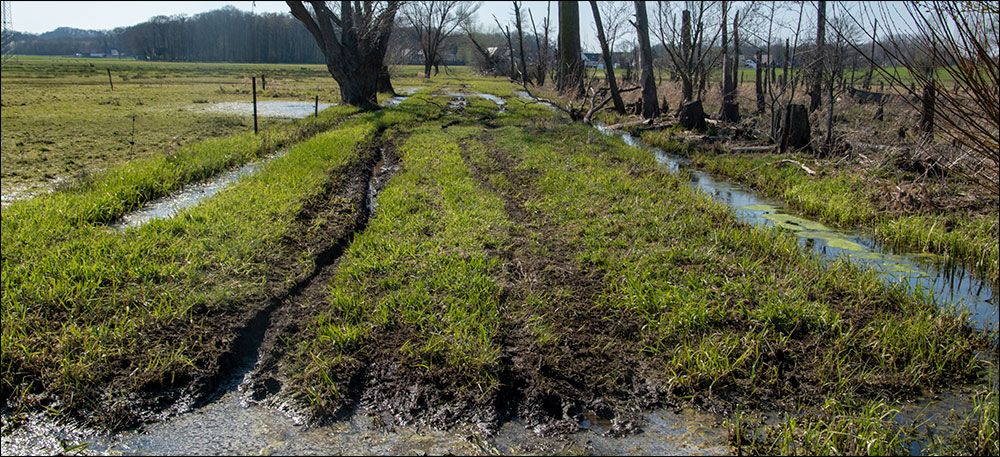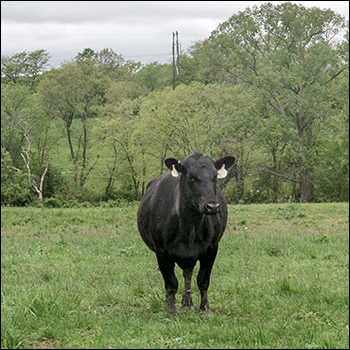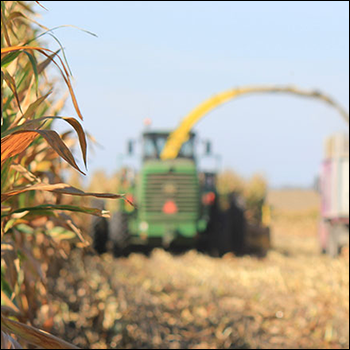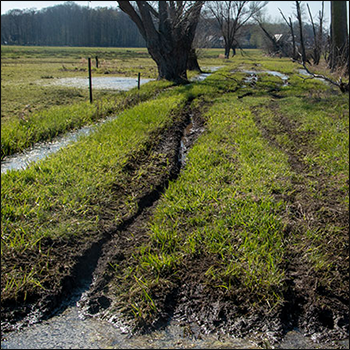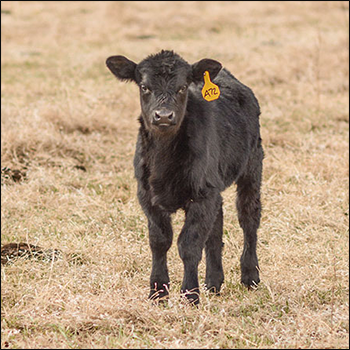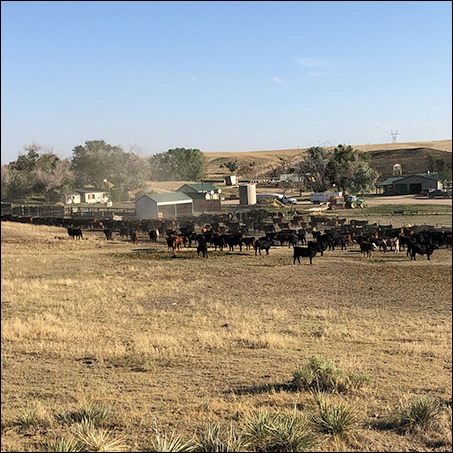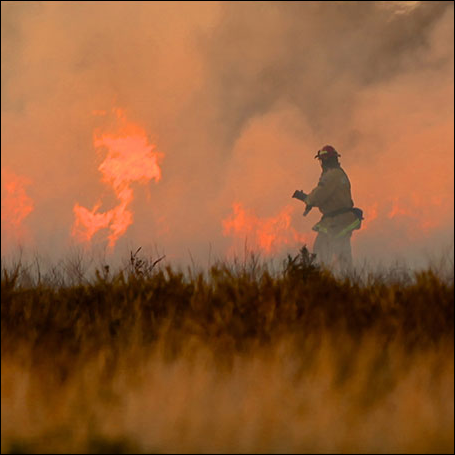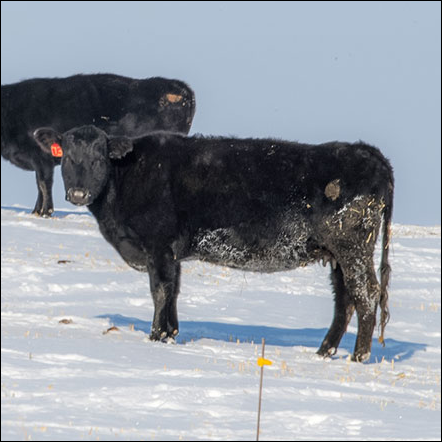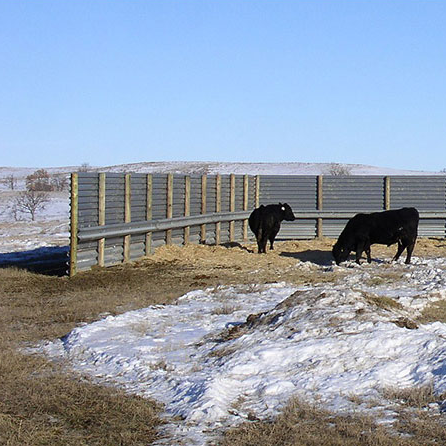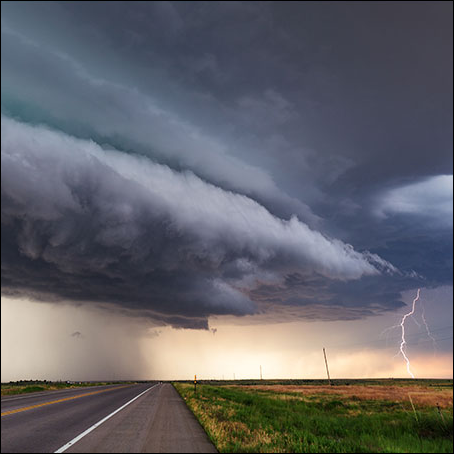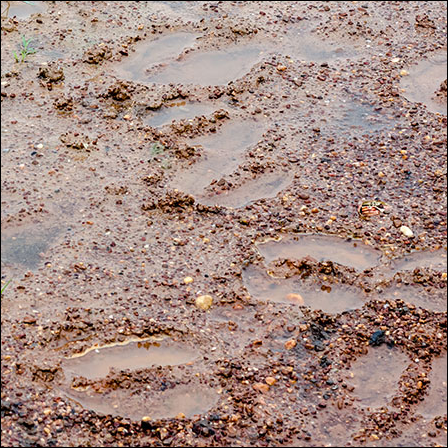Managing Cow-calf Pairs with Excess Spring Moisture
Tips for feeding, calving during wet and muddy conditions.
Rain, snow and warming temperatures are making their way again as forecasts indicate another wet spring for the Northern Plains. However, after last year’s flooding we’re a little wiser as to how to tackle the predicted flooding.
Gizmos and Gadgets
Products to put to use on farms and ranches.
In this month’s edition we highlight a wool calf warmer, a new round baler, a feeder-calf program and BRD treatment.
Old Lessons, New Challenges
Lessons learned from the Dust Bowl.
Imagine a life filled with dust. Inhaling, only to choke on dust. Eating it on every scarce bite of food. Seeing a dust outline on the bedding when you wake in the morning.
I’ve been reading accounts from the Dirty Thirties. I don’t know if I’m drawn to the unimaginable awfulness of it all, or the amazing hope. Those of our Greatest Generation, who lived through the droughts and erratic weather, endured things I can hardly comprehend.
Will Record Cold Temperatures Bring Bigger Calf Birth Weights?
Research shows colder-than-average weather during the third trimester leads to heavier calves.
The relationship between average daily air temperatures during the last trimester a cow is pregnant and calf birth weights has been documented in research done by the University of Nebraska from 1992 to 1998. During six years, 285 2-year-old cows and their subsequent calf birth weights and calving difficulty were recorded.
Guidelines for Livestock Windbreaks
Design considerations offered for livestock shelters.
Ensuring that cattle and any other livestock being pastured in exposed areas have adequate access to shelter to escape the wind and cold is especially important. Livestock grazing open crop residue fields or large pastures can be left exposed during extreme bouts of cold, and producers should try to mitigate these effects. In addition to cold, wind chills will increase heat loss dramatically by penetrating even the thickest winter coats, increasing livestock energy requirements to maintain body temperature, thus driving up feed costs. When temperatures drop below 30° Fahrenheit (F), energy requirements increase approximately 13% for every 10° decrease in wind chill, and cattle can experience cold stress below 18° F.
Weather Warnings
Climatologist urges to make plans prior to adverse weather.
No one needs to stretch their memory too far to see the devastation that can be caused when severe weather strikes. The recent arctic blast across many parts of the United States — and especially in Texas — is a blaring testimony to the destructive effects on communities and livelihoods.
Nitrogen Research for Pastures
Research helps control risk on nitrogen investments, improve forage yields and water quality.
University of Missouri Extension forage researchers studied the effects of treated urea products on soil fertility, forage yield and quality. This information can help producers control risk on nitrogen investments, improve tall fescue forage yields and improve water quality.
